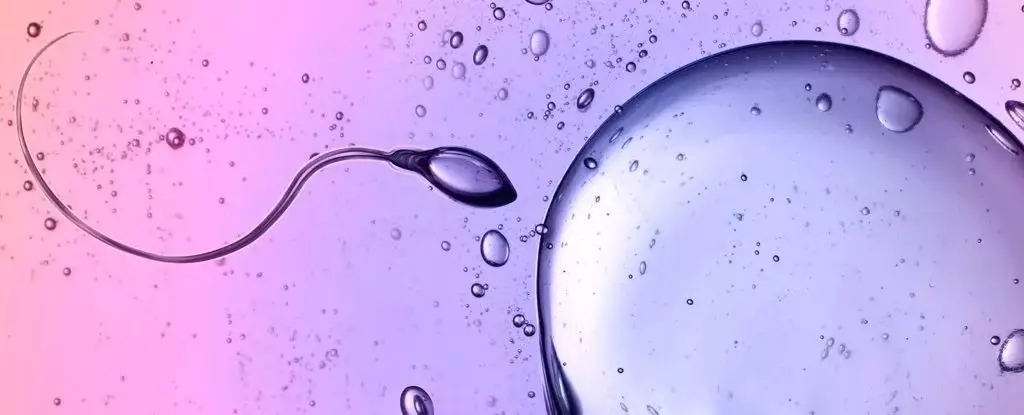The intriguing world of microscopic life is often governed by principles that defy conventional physics. Human sperm, with their uniquely structured tails, showcase a form of locomotion that appears to challenge Newtonian physics, particularly his third law of motion. Recent research led by Kenta Ishimoto at Kyoto University sheds light on these dynamic interactions, revealing how microscopic biological entities like sperm and algae navigate through viscous environments effectively.
Sir Isaac Newton’s third law posits a fundamental symmetry: for every action, there is an equal and opposite reaction. This law describes a predictable interaction between physical bodies. For instance, when two objects collide, they exhibit predictable rebound behavior, rooted in the balance of forces. However, in the chaos of biological fluids, this classical understanding falls short. Systems involving non-reciprocal interactions, like those seen in the swimming motion of sperm, are a testament to the complexity and irregularity of natural phenomena.
In ecosystems and biological systems, factors such as energy generation add layers of complexity. Sperm and other motile microorganisms generate their energy internally, through flapping flagella or swimming appendages, circumventing the principles that govern larger, more predictable systems. These asymmetric interactions effectively enable organisms to thrive in environments that would typically stifle motion.
Non-reciprocal interactions present a fascinating divergence from traditional physics. These interactions manifest in various biological contexts, from schools of fish to flocks of birds, and, notably, in the movement of sperm. Such systems reveal how life can adapt and optimize movement even against the resistance of dense media. As Ishimoto and his colleagues studied human sperm and green algae—specifically Chlamydomonas—they uncovered how these microscopic swimmers create their own pathways through viscous fluids, a finding that has profound implications.
Traditionally, one might assume that the high viscosity of fluids would impede movement in sperm or green algae. However, the researchers discovered that the whip-like motion of the sperm’s tail and the flagella of the algae utilize an ‘odd elasticity.’ This characteristic allows these cells to maintain energy and thrust through their environments without significant drag from the surrounding fluid.
The Role of Odd Elasticity in Propulsion
A key discovery of the study was the concept of ‘odd elasticity,’ which characterizes how these tails and flagella manage effective movement. Despite the elasticity helping to maintain energy during movement, it did not fully account for the observed propulsion. Therefore, the researchers introduced a novel term known as ‘odd elastic modulus.’ This description provides insights into how flagella deform and generate unpredictable motion patterns, a vital factor in their ability to swim through challenging environments.
By examining these biomechanical aspects through sophisticated modeling, the team was able to dissect the intricate inner workings behind sperm and algae propulsion. Their results help demystify how these crucial biological systems operate at their core. Understanding this ‘odd-bending modulus’ could inform broader applications beyond biology, potentially influencing the design of innovative technologies such as self-propelling nanobots.
The findings from Ishimoto’s team offer broader implications for both biological research and technological innovation. By adopting the principles derived from studying sperm and algal motion, researchers could pave the way for engineering responsive materials that mimic biological functions. The development of miniature robots, capable of navigating complex and viscous environments, stands to benefit immensely from these insights.
Furthermore, studying collective behavior in nature through frameworks developed around the understanding of odd elasticities could enhance our grasp of various biological processes, potentially impacting ecological conservation, robotics, and beyond.
The motion of human sperm introduces a fascinating perspective on the limitations of classical physics at a microscopic scale. As researchers continue to explore the dynamics of non-reciprocal interactions and odd elasticity, it becomes increasingly clear that nature’s mechanisms often transcend established physical laws. The continuing investigation into these unique biological systems not only elevates our scientific understanding but also opens doors to the future of technology inspired by the complexities of life itself.


Leave a Reply